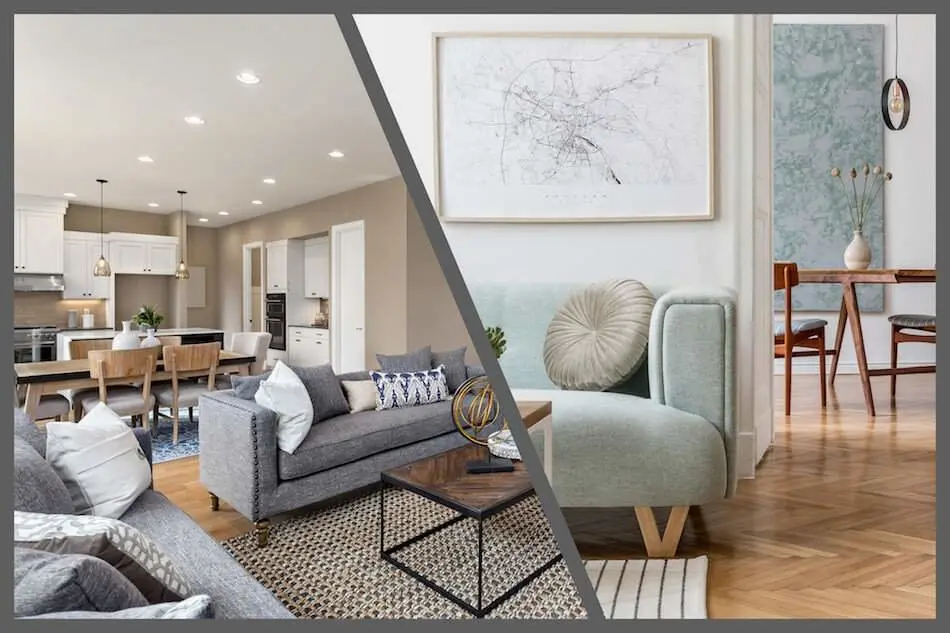 The key to building the perfect home is by figuring out the floor plan that will suit your needs and cater to your lifestyle. There endless ideas when it comes to building your home whether you plan on having customized one-of-choose options provided by your home builder. Choosing the right floor plan for your home is one of the first steps to achieving your dream home. Now, this guide is not just for people looking into building a home. This is also helpful for homebuyers in order to determine if a home meets their needs.
The key to building the perfect home is by figuring out the floor plan that will suit your needs and cater to your lifestyle. There endless ideas when it comes to building your home whether you plan on having customized one-of-choose options provided by your home builder. Choosing the right floor plan for your home is one of the first steps to achieving your dream home. Now, this guide is not just for people looking into building a home. This is also helpful for homebuyers in order to determine if a home meets their needs.
Types of Floor Plans
First, here are the two types of floor plans buyers can select from when shopping for a new house.
Open Floor Plans
An open floor plan refers to a house with two or more spaces that are joined together. No partitions, which eliminate the walls that divide the room into parts, are present. Open floor plans offer plenty of advantages such as layout options, safety for those that have children at home, and real estate value. Although because your area is an open space, privacy could be an issue that can make noise echo a little.
The Pros and Cons of Open Floor Plans
There are both upsides and potential downsides to having an open floor plan. Let's start with the perks.
Pros of Open Floor Plans
Without barrier walls, people can communicate more freely between rooms, which is ideal for those who entertain or have large families. Traffic will also flow better throughout the home without doors and enclosures between common spaces. There will be more opportunities to keep an eye on youngsters when being in another area is necessary. Another benefit is that open floor plans allow for greater ease when reconfiguring furnishings or creating multipurpose rooms.
Cons of Open Floor Plans
One of the biggest concerns over open floor plans lies in their tendency to have larger windows and higher ceilings, making them more costly to heat and cool. Closed spaces allow for greater control over which rooms get air. Bigger areas tend to have more of an echo and don't' curb sound quite as well. Furthermore, there may be a lack of privacy along with a cluttered look that can be problematic with open floor plans.
Is an Open Floor Plan Right for You?
Open floor plans are great for households who want to communicate readily across the household, want access to lots of natural light, and who don't mind the extra cost of heating and cooling, reduced privacy, increased noise, or the effort of cleaning.
Sign Up for free Get the first to receive the latest listing updates, save favorites & much more by signing up.
If you already have in account, SIGN IN.
Closed / Traditional Floor Plans
This type of floor plan consists of partitions with smaller-sized rooms that are dedicated to various activities. This includes the kitchen, dining, working, or relaxing. Closed or traditional floor plans also offer advantages such as privacy, design variations for each room, and noise control. Closed floor plans can also make your home feel cramped and crowded if you have guests over.
Pros and Cons of Closed Floor Plans
An open plan isn't for everyone, but there are still both possible benefits and drawbacks to opting for a closed floor plan.
Pros of Closed Floor Plans
With more divider walls and separated spaces, occupants have more opportunities for privacy and options for creating specialty spaces such as offices or art rooms. Speaking of art, if hanging pictures or decorative items on walls is important, closed plans provide that extra surface space. Versus open floor plans, closed home plans are typically easier to clean and can help stave off messes—or at least hide them behind closed doors! Separate areas also help minimize noise, which can be a relief for busy families with varying hours.
Cons of Closed Floor Plans
Some downsides to a closed concept home might include that there is less natural light or a need to install additional windows or lighting fixtures. Spaces will appear smaller in most closed floor plans, and accessibility may be somewhat minimized, along with line of sight.
Is a Closed Floor Plan Right for You?
Closed floor plans are a great option for households who want more privacy and a less demanding space to keep clean, and those who don't mind smaller quarters and reduced communal space.
What to Consider When Choosing a Floor Plan
Lifestyle
Lifestyle is one of the major factors to look at as you figure the best floor plans for you. Consider how many children you have, are you living alone? Will you be having guests over? Do you have pets? If you usually invite guests over or you see yourself potentially hosting parties in the future, it will surely require plenty of space. You might want to take note of the dining and living space when it comes to entertainment. It is also important to determine what you will be needing in your homes such as additional rooms for storage, for your kids, guests, bathrooms, and more. It is ideal to know the type of lifestyle you have and how long you will be able to make use of the different areas of your home.
Accessibility
Keep this in mind if you have a family member that will be needing extra space to maneuver. Aside from that, if you have kids, consider the extra-wide hallways. Older homes usually have narrower hallways while newly built homes offer wide and open spaces.
Decorating
Do you enjoy decorating rooms with their own design or theme? Do you prefer separate rooms or an open floor plan? Aside from the decoration and style, the type of floor plan you choose to acquire will affect the type of furniture you will choose for your home.
Find the Perfect Floor Plan in a New Austin Home Today
Whether a closed or an open floor plan is the right choice for buyers depends on everyone's individual experience. Learn more about what floor plan options exist in Austin by reaching out to our real estate team today.

Leave A Comment